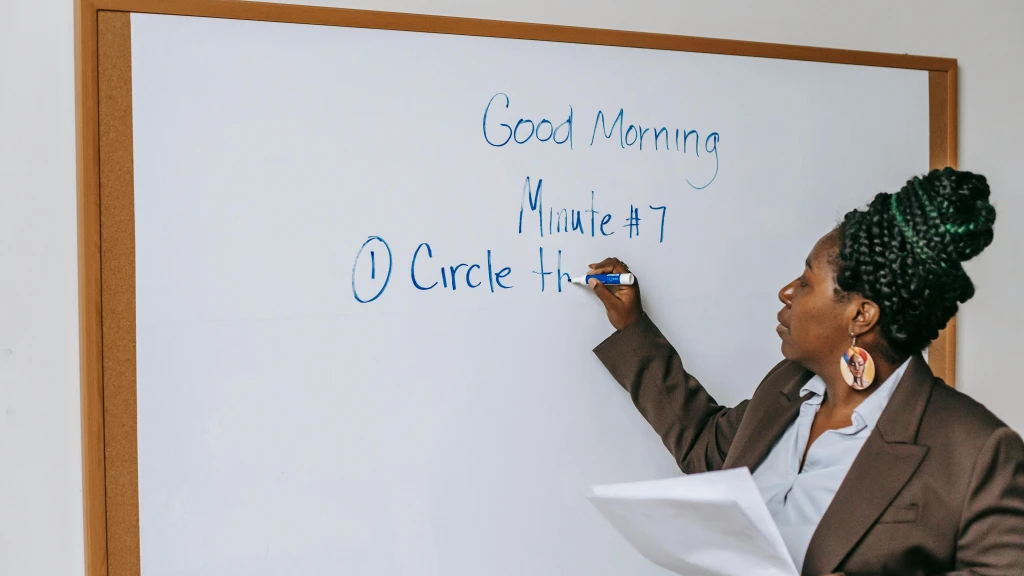How to Build an Effective Mentorship Program
Visits: 650

A mentorship program can be a powerful tool for business growth and personal development. It involves pairing experienced individuals (mentors) with less experienced individuals (mentees) to share knowledge, skills, and insights. Here’s a comprehensive guide on how to build an effective mentorship program for your business in Canada.
1. Define the Purpose of the Mentorship Program
Start by clearly defining the purpose of your mentorship program. This could be to:
- Enhance employee skills
- Foster leadership development
- Improve job satisfaction
- Increase employee retention
- Support newcomers in the business
Table: Defining the Purpose
| Purpose | Description |
|---|---|
| Enhance employee skills | Focus on developing specific job-related skills |
| Foster leadership development | Prepare employees for future leadership roles |
| Improve job satisfaction | Create a supportive environment to boost morale |
| Increase employee retention | Encourage long-term commitment from employees |
| Support newcomers in the business | Help new employees integrate smoothly into the company |
2. Identify the Target Audience
Determine who will participate in the mentorship program. This includes both mentors and mentees.
Table: Identifying the Target Audience
| Role | Criteria for Selection |
|---|---|
| Mentors | Experienced professionals with leadership skills |
| Mentees | New employees or those needing skill development |
3. Set Clear Goals and Objectives
Establish clear, measurable goals for the program. Goals should align with the overall purpose of the mentorship program.
Table: Setting Goals and Objectives
| Goal | Objective |
|---|---|
| Skill Development | Improve specific technical or soft skills |
| Career Advancement | Prepare mentees for promotions |
| Knowledge Transfer | Share industry insights and best practices |
| Networking | Expand professional networks |
| Personal Growth | Foster personal development and confidence |
4. Develop a Structure and Framework
Create a structure for the mentorship program. This includes the duration of the program, meeting frequency, and methods of communication.
Table: Developing a Structure
| Component | Details |
|---|---|
| Duration | 6 months, 1 year, or ongoing |
| Meeting Frequency | Weekly, bi-weekly, or monthly |
| Communication Methods | In-person meetings, virtual meetings, emails, calls |
5. Create a Matching Process
Develop a process for pairing mentors and mentees. Consider factors such as skills, interests, and career goals.
Table: Creating a Matching Process
| Factor | Considerations |
|---|---|
| Skills | Match based on complementary skill sets |
| Interests | Align based on shared interests and goals |
| Career Goals | Pair individuals with similar career aspirations |
6. Provide Training and Resources
Offer training sessions and resources to prepare mentors and mentees for the program. This can include workshops, guides, and online materials.
Table: Providing Training and Resources
| Resource Type | Description |
|---|---|
| Workshops | Interactive sessions on effective mentorship practices |
| Guides | Written manuals and checklists for mentors and mentees |
| Online Materials | E-learning modules and webinars |
7. Monitor and Evaluate the Program
Implement a system to track the progress of the mentorship program and evaluate its effectiveness.
Table: Monitoring and Evaluation
| Monitoring Method | Details |
|---|---|
| Surveys | Collect feedback from participants |
| Regular Check-ins | Schedule periodic reviews and assessments |
| Performance Metrics | Measure success based on predefined goals |
8. Recognize and Reward Participants
Acknowledge the efforts of mentors and mentees through recognition and rewards. This can motivate participants and encourage continued engagement.
Table: Recognizing and Rewarding Participants
| Recognition Method | Description |
|---|---|
| Certificates | Provide certificates of participation and achievement |
| Public Acknowledgment | Highlight contributions in company communications |
| Incentives | Offer incentives such as gift cards or bonuses |
9. Foster a Culture of Mentorship
Create a supportive environment that values mentorship. Encourage all employees to participate and share their experiences.
Table: Fostering a Culture of Mentorship
| Culture Building Activity | Description |
|---|---|
| Company Events | Host events to promote mentorship and networking |
| Success Stories | Share testimonials and success stories |
| Continuous Improvement | Regularly update and improve the mentorship program |
10. Sustainability and Scaling
Ensure the mentorship program is sustainable and scalable. Plan for long-term success and expansion as needed.
Table: Sustainability and Scaling
| Sustainability Strategy | Details |
|---|---|
| Continuous Feedback | Regularly gather feedback to make improvements |
| Resource Allocation | Allocate sufficient resources for program maintenance |
| Scalability Planning | Plan for expanding the program as the company grows |
By following these steps, you can build an effective mentorship program that supports the growth and development of your employees, fosters a positive company culture, and contributes to the overall success of your business.
Conclusion
An effective mentorship program can be a game-changer for businesses. It provides invaluable opportunities for professional growth, knowledge sharing, and building strong relationships within the organization. Implementing a well-structured mentorship program can lead to enhanced employee performance, satisfaction, and retention, ultimately driving your business forward.
With careful planning and execution, your mentorship program can become a cornerstone of your company’s success, benefiting both mentors and mentees and creating a lasting impact on your business culture and performance.
